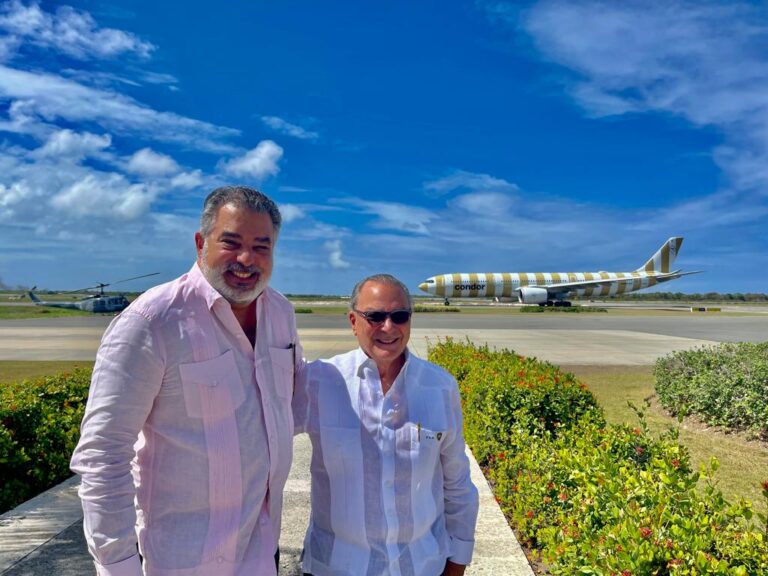In 2022 alone, the tourism industry added a value of US$ 22,190 million to the Dominican gross domestic product (GDP), representing around 19%, with a capacity to multiply up to three times in the economy.
This was revealed in a study entitled “Impact of the tourism sector on the Dominican Economy”, conducted by the firm Analytica and the Dominican Hotel and Tourism Association (Asonahores). The analysis aims to measure the country’s direct, indirect and induced impact of tourism activity.
During the presentation of the study at Asonahores’ sixth Tourism Investment Forum, Technical Deputy Minister of Tourism, Jacqueline Mora, emphasized that 50% of this added value (US$ 11.171 million) was induced through consumption by employees in the tourism sector.
Meanwhile, 35% was generated directly with the sale of goods and services in the sector valued at US$ 7,692 million, while US$ 3,327 million were generated indirectly through purchases from other sectors, accounting for 15%.
“One out of every five pesos of value generated by tourism is linked to the economy,” said Mora, founder of the firm Analytica.
Impact per sector
Mora, who is an economist, stressed that the impact of the industry on the Dominican GDP is distributed as follows: 17% in hotels, 11% in construction, 10% in service SMEs, and 10% in interurban and tourist transport.
However, when taking into account tourism’s share in generating value in other sectors of the economy, this industry accounts for 44% of GDP in interurban and tourist transport, 33% of GDP in the production of textiles, clothing, and footwear, and 28% of the GDP of bars and restaurants. These are the three sectors most impacted.
Similarly, tourism has an important share in the SME sector, accounting for 24% of local manufacturing SME’s and 22% of those offering services.
Impact of the tourist flow
According to the analysis, 78% of tourism’s contributions to GDP are explained by the flow of visitors who choose this investment destination, while 22% comes from investments focused on the sector.
In addition, hotels generated 59% of that added value during 2022, while 41% is distributed across the rest of the sector. Meanwhile, banking operations accounted for 8%.
For this reason, Mora said that the growth of the tourism sector translates into the growth of tax revenues, as well as of all financial sectors such as banking and the stock market.
“The growth of the tourism sector is a transformation of the entire economy. It is a sector that, by its very nature, has the greatest capacity to absorb human capital that we have today,” he said.
Acknowledgement for players in the sector
Contributions by various players in this industry were acknowledged during the sixth Tourism Investment Forum. Former president of the Senate, Eduardo Estrella, was recognized as a promoter of legislative initiatives benefitting the industry. At the same time, the Superintendent of Banks, Alejandro Fernández, was praised for the support given by the financial system.
The director of Central Romana Corporation, Luis Emilio Rodríguez, and the CEO of Grupo Puntacana, Frank Elías Rainieri, were recognized for two relevant transactions for the sector: the expansion of Casa de Campo and the Zemí Resorts project in Miches, respectively, along with them, the support of the Popular and Reserve banks for these transactions was distinguished.
Source:


